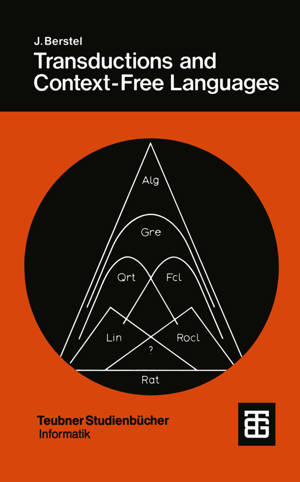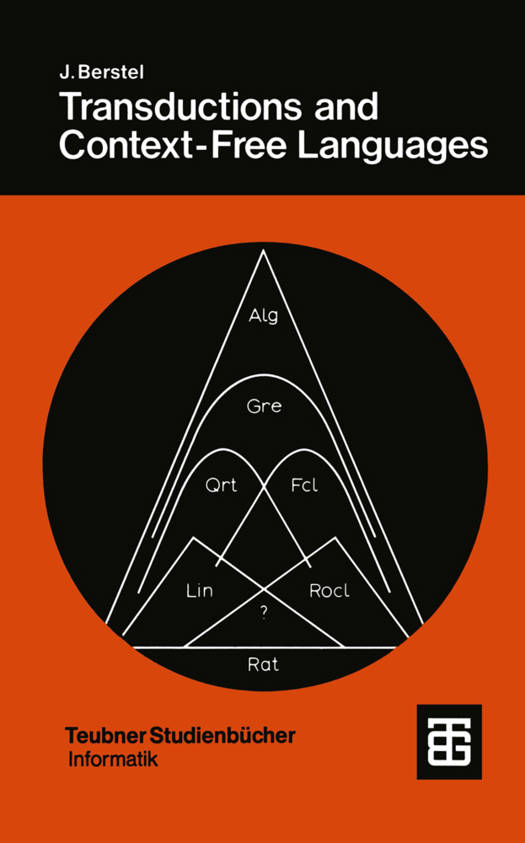
Je cadeautjes zeker op tijd in huis hebben voor de feestdagen? Kom langs in onze winkels en vind het perfecte geschenk!
- Afhalen na 1 uur in een winkel met voorraad
- Gratis thuislevering in België vanaf € 30
- Ruim aanbod met 7 miljoen producten
Je cadeautjes zeker op tijd in huis hebben voor de feestdagen? Kom langs in onze winkels en vind het perfecte geschenk!
- Afhalen na 1 uur in een winkel met voorraad
- Gratis thuislevering in België vanaf € 30
- Ruim aanbod met 7 miljoen producten
Zoeken
Omschrijving
This book presents a theory of formal languages with main emphasis on rational transductions and their use for the classification of context-free lan- guages. The Ievel of presentation corresponds to that of beginning graduate or advanced undergraduate work. Prerequisites for this book are covered by a "standard" first-semester coursein formallanguages and automata theory: e.g. a knowledge of Chapters 1-3 of Ginsburg [1966], or Chapters 3-4 of Hopcroft and Ullman [1971], or Chapter 2 of Salomaa [1973], or Chap- ters 2 and 4 of Becker and Walter [1977] would suffice. The book is self-contained in the sense that complete proofs are given for all theorems stated, except for some basic results explicitly summarized at the beginning of the text. Chapter IV and Chapters V-VIII are independent from each other. The subject matter is divided into two preliminary and six main chapters. The initial two chapters contain a general survey of the "classical" theory of regular and context-free languages with a detailed description of several special languages. Chapter III deals with the general theory of rational transductions, treated in an algebraic fashion along the lines of Eilenberg, and which will be used systematically in subsequent chapters. Chapter N is concerned with the important special case of rational functions, and gives a full treatment of the latest developments, including subsequential transductions, unambiguous trans- ducers and decision problems.
Specificaties
Betrokkenen
- Auteur(s):
- Uitgeverij:
Inhoud
- Aantal bladzijden:
- 280
- Taal:
- Duits
Eigenschappen
- Productcode (EAN):
- 9783519023401
- Verschijningsdatum:
- 1/10/1979
- Uitvoering:
- Paperback
- Formaat:
- Trade paperback (VS)
- Afmetingen:
- 127 mm x 203 mm
- Gewicht:
- 281 g

Alleen bij Standaard Boekhandel
+ 137 punten op je klantenkaart van Standaard Boekhandel
Beoordelingen
We publiceren alleen reviews die voldoen aan de voorwaarden voor reviews. Bekijk onze voorwaarden voor reviews.









